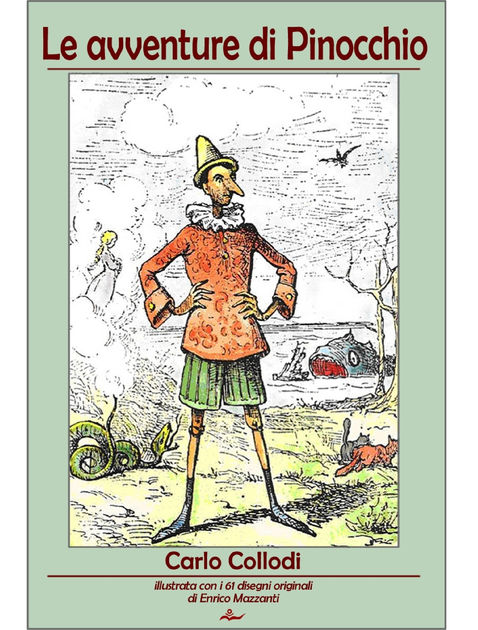Warner Bros.’ Loony Tunes opened up a new meaning for cartoon by introducing a more free and unrealistic environment, in which they were able to explore the characters’ and worlds’ potential forms. Chuck Jones, an animator best known for his work at the company, along with the other artists, challenged the mainstream way of animating, which emphasized a sense of realism in terms of the characters and space. The use of negative space was creatively applied as it had an important function in the Loony Tunes world. The space is used to make visual puns, surprises, and to challenge audience expectation.
One of the most iconic characters, Bugs Bunny, known as a trickster and for his witty personality, has what seems to be magical abilities of appearing and disappearing whenever he likes using his surroundings, most commonly through his rabbit hole. This hole and Bugs Bunny’s warping ability rejected the mainstream animation world and show the deconstructing facility and powers he has over the cartoon’s space, as well as the unrealistic aspect of the scene.
In this episode, Bugs Bunny is being threatened by Elmer Fudd, a hunter whose gun is pointed into the rabbit hole. The camera pans over to reveal that the rabbit surfaced through another hole, slipping out of danger and showing that he has complete control over the situation and the environment. Throughout the scene, he is not harmed once thanks to his ability of tricking Daffy Duck through language.
Additionally, the rabbit hole seems like an underground tunnel that runs everywhere off-screen, which emphasizes the nature of and is possible due to the set. This can be seen in the following video:
As Bugs Bunny appears on screen after leaving a trail of dirt behind him from digging underground, he mentions that it is not the destination he has been looking for, further implying his tunnel can go to more than just that location. Furthermore, he is constantly appearing and disappearing from the screen, in attempt to avoid the bull. Eventually he gets rid of the bull by manipulating the environment this episode is set in, getting the animal stuck in a wood panel. Bugs Bunny is finally safe once he decides that it is over by holding up a cape that reads “The End.”
The term “Cartoon modern” was coined by author Amid Amidi to describe the stylized world of the Looney Tunes. It is said to had been inspired by art movements such as cubism, surrealism, and expressionism, which all rejected realism and spatial illusions. Due to the art style, the unrealistic aspect of the cartoon works well and makes such jokes possible and enjoyable.


